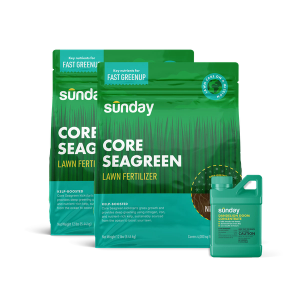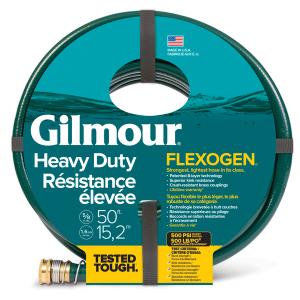What is gray leaf spot?
As described by its name, gray leaf spot appears as a gray spot in the center of the leaf, but can also be olive green to brown with a dark brown border. When these spots enlarge, entire blades of grass brown, with the leaf tips bending like a hook. This disease spreads rapidly and patches will appear of reddish-brown turf that look wilted despite adequate irrigation.
What causes gray leaf spot?
Susceptible species
Predominantly on perennial ryegrass and tall fescue, but can infest all warm season grasses.
Favorable conditions
Primarily a problem of new growth, gray leaf spot occurs during extended periods of high relative humidity and/or rain, when night temperatures exceed 70°F and daytime temperatures are between 85°–95°. Disease symptoms may become severe if the turf is stressed due to poor management or a poor (i.e., shady, damp) location, or unusually long periods of warm, wet weather persist. It is particularly harsh on ryegrass and turf pros at golf courses have started calling the disease “blast” because it can infect multiple acres in a single week.
How to prevent and get rid of gray leaf spot
- Deep watering, but as infrequently as possible to meet the plant’s needs to avoid drought stress. Watering midday is better to reduce the amount of time leaves are moist.
- Avoid all nitrogen fertilizers.
- Mow only when grass is dry and collect clippings from diseased areas to avoid spreading fungal spores.Only mow when grass is dry and mowing lower can minimize the impact of disease.
- Avoid using post-emergent herbicides when disease is active.
- Control chinch bug infestations in St. Augustine grass, as they weaken turf.
Can you treat gray leaf spot?
Gray leaf spot is chronic but not typically damaging in established, well-managed home lawns. In severe cases, chemical control with a fungicide may be warranted. Incorrect timing of fungicides can worsen the problem.
Cited sources
Photo credit: Donald Groth, Louisiana State University AgCenter, Bugwood.org



















